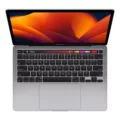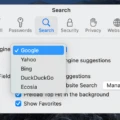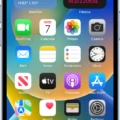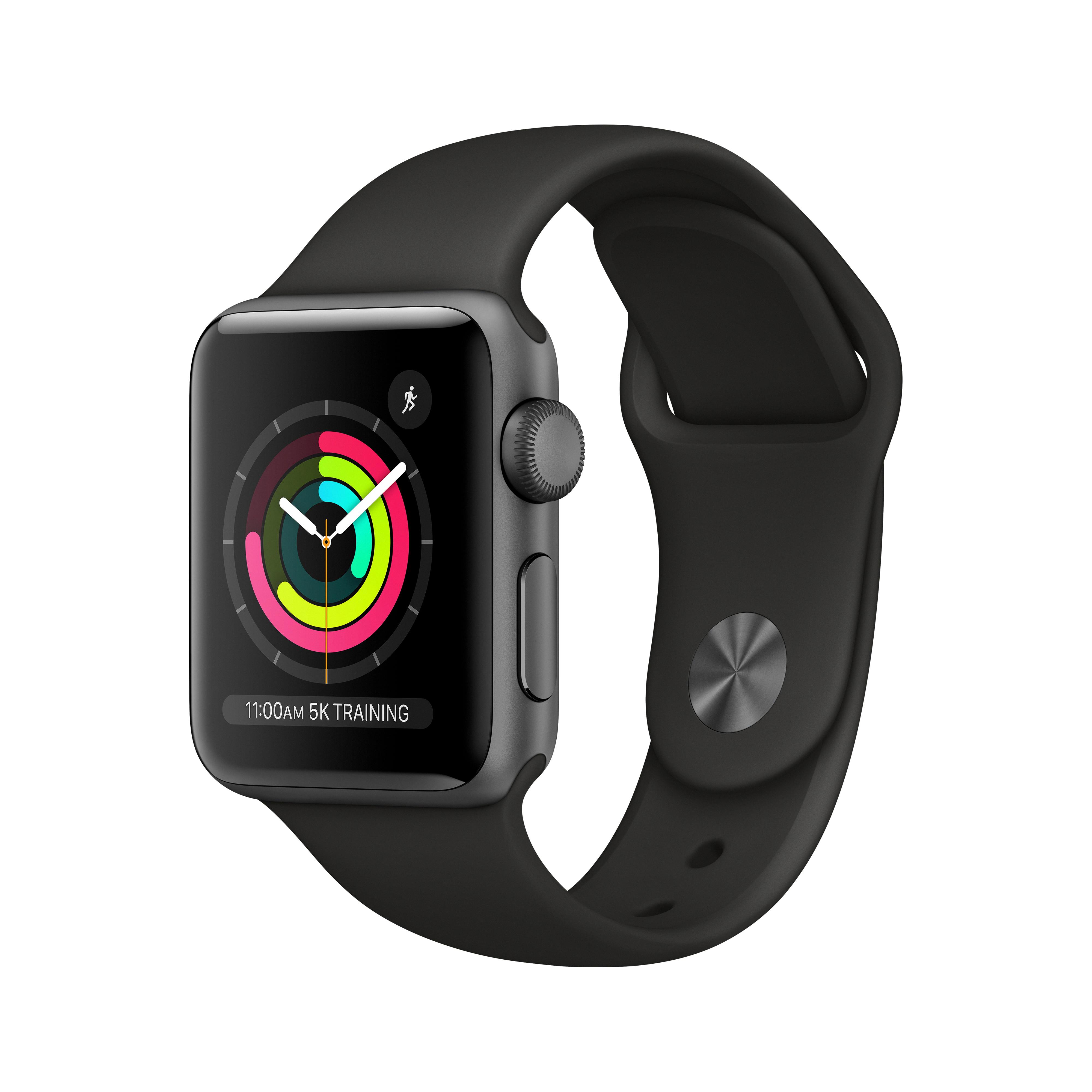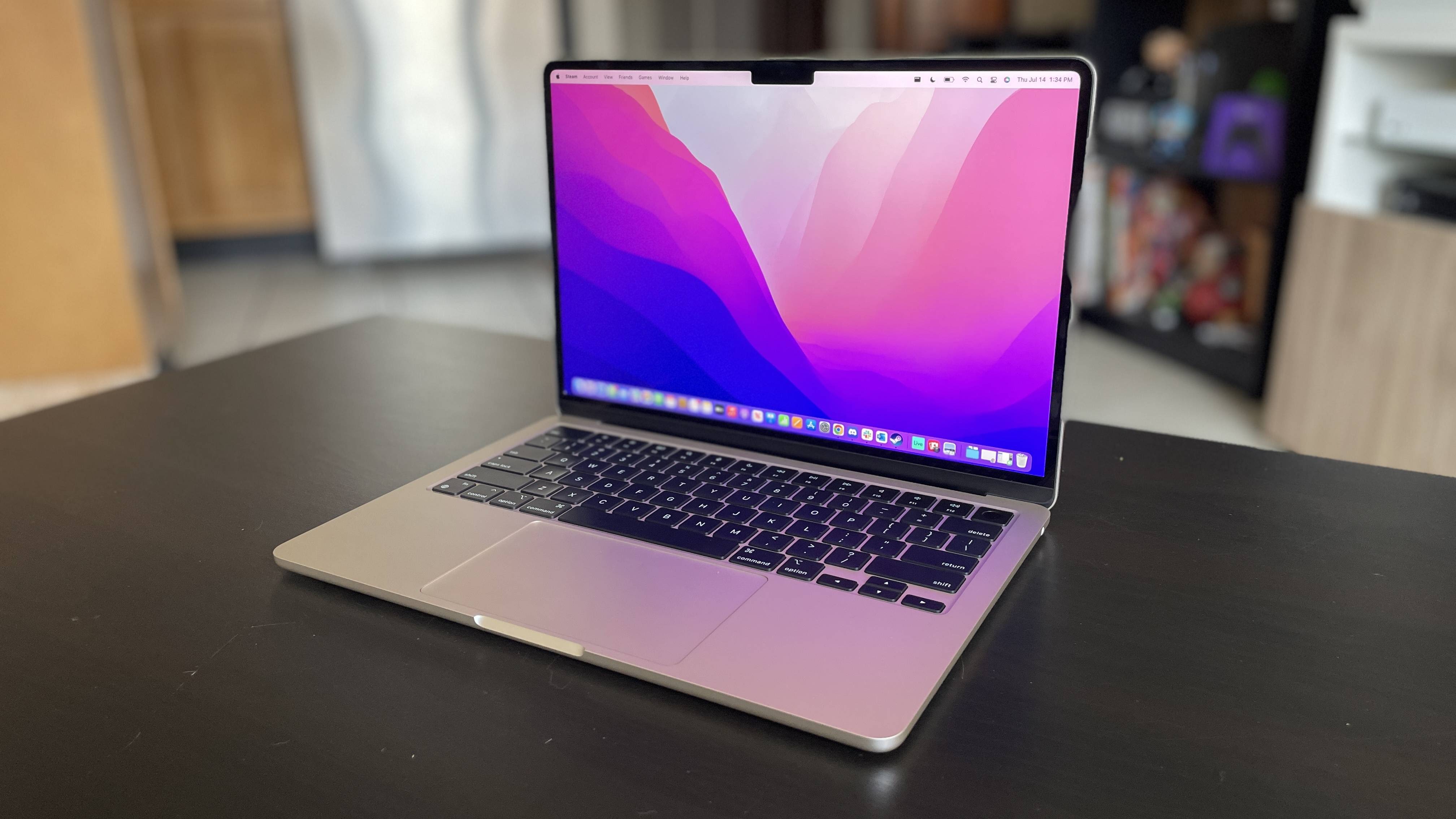Do you want to save battery power on your MacBook without sacrificing performance? If so, you should consider using the Power Saving Mode feature.
Power Saving Mode is a built-in feature of macOS that helps to conserve energy by optimizing your Mac’s settings. When Power Saving Mode is enabled, your Mac will automatically reduce its brightness and clock speed in order to conserve battery life. It also reduces the amount of energy used for certain tasks and applications, such as web browsing and video playback.
To enable Power Saving Mode on your MacBook, follow these steps:
1. On your Mac, choose Apple menu > System Preferences, then click Battery in the sidebar. (You may need to scroll down.)
2. Click the pop-up menu next to Low Power Mode on the right, then choose “Always” or “Only on battery” (depending on whether you want the mode to be activated when you’re connected to power or not).
3. To keep your Mac from sleeping while Low Power Mode is enabled, go to System Preferences > Energy Saver and disable sleep mode temporarily by running the “caffeinate” command in Terminal.
4. To customize when your Mac goes into Power Saving Mode, use scheduling features that are available in System Preferences > Energy Saver. You can adjust settings such as time of day or battery level when your Mac goes into low power mode.
Once you’ve enabled Power Saving Mode, you’ll notice that it affects different aspects of your Mac’s behavior:
• Lower screen brightness – The display will dim slightly when in low power mode so that it consumes less energy while still remaining readable
• Reduced CPU Clock Speed – The processor will run at a slower clock speed which helps reduce overall energy consumption
• Reduced application usage – Certain applications may be restricted from running or have their performance reduced if they consume too much energy
• Sleep mode – Your Mac will go into sleep mode sooner than usual when its battery level drops below a certain point
So if you’re looking for ways to save power without sacrificing performance on your MacBook, give Power Saving Mode a try!
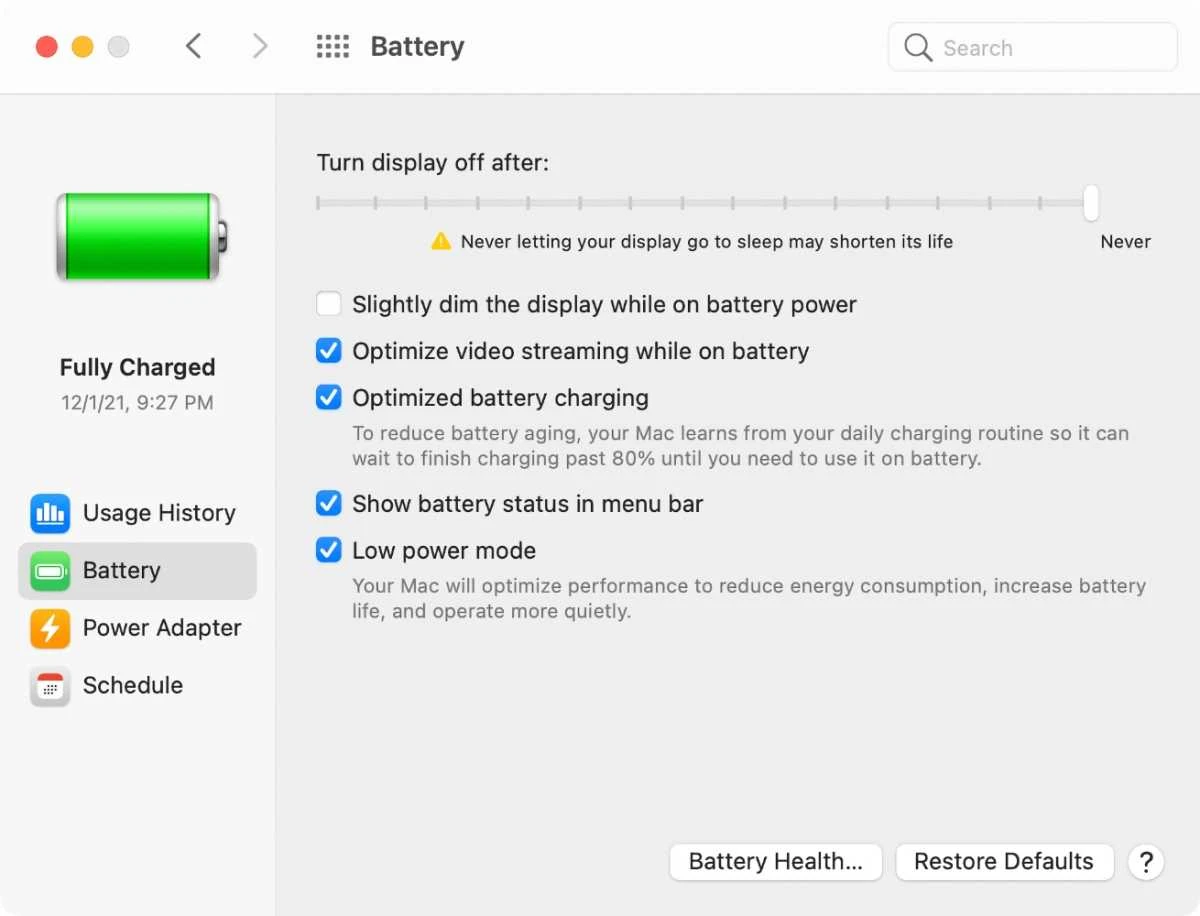
The Availability of Power Saving Mode on Mac
Yes, there is a power-saving mode on Mac. You can access it by choosing Apple menu > System Preferences and then clicking Battery in the sidebar. Once you’re in the Battery settings, you can select the pop-up menu next to Low Power Mode on the right and choose “Always,” “Only on battery,” or “Only on power adapter” depending on your needs. This will help reduce your power consumption and prolong your battery life.
Increasing Mac’s Sleep Time
To get your Mac to stay awake longer, you can adjust the Energy Saver settings in System Preferences. Here, you can change the time your Mac waits before entering sleep mode. You can also disable sleep mode temporarily by running the “caffeinate” command in the Terminal. Additionally, you can schedule your Mac’s sleep cycle to prevent it from sleeping during certain times of the day.
Turning Off Power Save Mode on MacBook Pro
To turn off Power Save Mode on your MacBook Pro, go to System Preferences > Energy Saver. Uncheck the box beside ‘Put hard disks to sleep when possible’ and click the lock icon at the bottom left of the window to save your changes. You should now have disabled Power Save Mode on your MacBook Pro.
The Effects of Mac Low Power Mode
Mac Low Power Mode helps to conserve energy by automatically reducing the screen brightness and lowering the CPU clock speed. This helps to extend battery life and reduce noise, as the fans will not run as quickly due to the slower CPU clock speed. In addition, Low Power Mode can help extend the overall lifespan of your device by reducing heat and wear on components.
Does Putting Mac Into Sleep Mode Drain Battery?
Yes, putting Mac on sleep mode can drain the battery. Sleep mode is a power-saving feature found on both Intel and Apple Silicon chip devices. It allows you to temporarily suspend all activities and conserve battery life by turning off the monitor display and hard drive while still keeping the RAM active. While in sleep mode, your device will still use some power, but it will be much less than if it was running full-time. To minimize battery drain from sleep mode, make sure to turn off Wi-Fi and Bluetooth when not in use, and lower the brightness of the display.
Absence of Low Power Mode on Macs
If your Mac is running an operating system older than MacOS 12 Monterey, then it does not have the low power mode feature. Low power mode was introduced in macOS 12 Monterey as a way to conserve battery power by automatically reducing performance and dimming the display when the battery reaches a certain percentage. If you want to take advantage of this feature, you’ll need to upgrade your Mac to macOS 12 Monterey or newer.
Why Does My Mac Go to Sleep Quickly?
Your Mac goes to sleep so fast because it is designed with maximum power efficiency in mind. macOS preserve energy as much as possible to prolong your battery life, so when you stop using your Mac for a certain amount of time, it automatically goes into a low-power sleep mode. This feature can be tweaked in the Energy Saver settings, but it’s usually best to leave it at its default setting for the optimum balance of performance and battery life.
Changing the Screen Timeout on a Macbook Pro
Changing the screen timeout on your Macbook Pro is easy. To do so, open System Preferences, then click on the “Displays” icon. Under the “Display” tab, you can adjust when your display will turn off by adjusting the “Turn display off after” option to whatever amount of time you’d like. Make sure to click “OK” when you’re finished to save your changes.
Turning Off Power Save Mode on a Laptop
To turn off power-saving mode on your laptop, start by clicking the battery icon on the right side of your Taskbar. This will open up a window with your laptop’s battery settings. Scroll down to the “Battery saver” section and uncheck the box next to “Turn battery saver on automatically if my battery falls below”. This will disable power-saving mode entirely and allow you to use your laptop normally. You can also adjust other settings in this window, such as setting a custom threshold for when Battery Saver should be activated or changing which apps are exempt from Battery Saver.
The Benefits of Putting Mac to Sleep or Shutting It Down
The best course of action for your Mac depends on how long you’ll be away from it. If you’re leaving for an hour or two, or even overnight, then putting it to sleep is the most efficient way to conserve energy and resources. However, if you’re going to be away from your Mac for a longer period of time, then powering it down may be the best option. This will help protect your data by preventing any unauthorized access or changes while you are away, as well as help prolongs the life of your hardware components by not running them constantly.
The Impact of Low Power Mode on Mac Performance
Yes, Low Power Mode on Mac does make it slower. Low Power Mode slows down the processor clock speed of both Intel-powered and M1-powered Macs. It also reduces your screen brightness to a dimmer setting. As a result, your Mac will consume less power and run slower than normal in order to conserve energy.
The Benefits of Shutting Down a Mac every day
Yes, it is a good idea to shut down your Mac every day. Doing so can help fix many Mac issues and can improve overall system performance. Shutting down your Mac flushes the RAM, allowing your device to start with a clean slate the next time you turn it on. Furthermore, regular shutdowns can help prevent your Mac from overheating and ensure that all of its components are working properly. All in all, shutting down your Mac every day can be beneficial for both its performance and longevity.
Conclusion
In conclusion, Macbook Power Saving Mode is a great way to reduce energy consumption and extend the battery life of your device. It automatically lowers the CPU clock speed, dims your screen brightness, and puts your computer into sleep mode when not in use, all of which help reduce energy usage. Additionally, you can manually adjust settings such as Low Power Mode and Energy Saver preferences to further customize how you want your device to conserve power. All of these features combined make it easy to save energy while still getting the most out of your Macbook.



